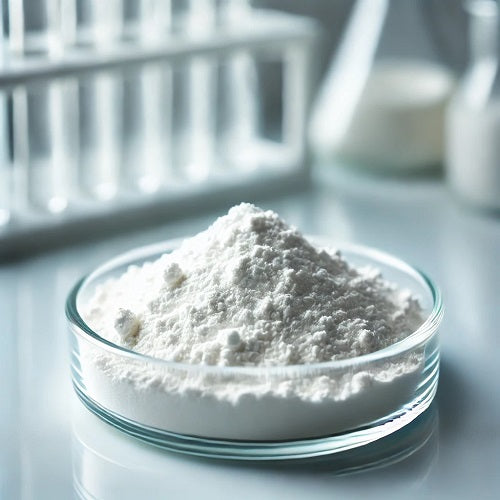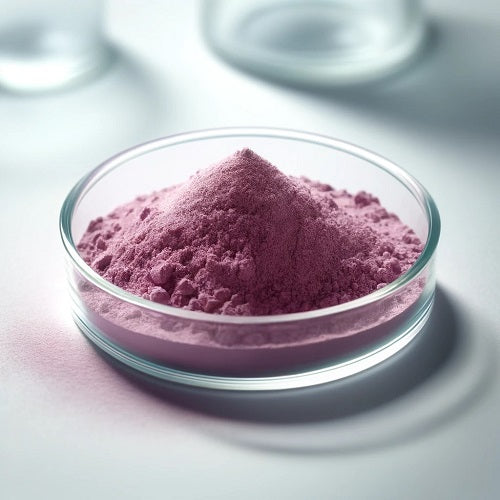Menu
LOOKING FOR BULK INGREDIENTS PRICING?

Shop Premium Mimosa Hostilis Root Bark Online
Exploring the Wonders of Mimosa Hostilis Root Bark
Mimosa Hostilis, scientifically known as Mimosa Tenuiflora, is a remarkable tree native to South and Central America, particularly in countries like Brazil and Mexico. Celebrated for its potent natural compounds and extensive traditional uses, Mimosa Hostilis root bark is a true botanical treasure. In this blog, we’ll dive deep into the origins, benefits, and diverse applications of Mimosa Hostilis root bark.
What is Mimosa Hostilis?
Mimosa Hostilis is a hardy, perennial tree known for its resilience and adaptability. It thrives in arid climates and is well-regarded for its rapid regrowth after wildfires. The tree's root bark is especially prized for its rich chemical composition, including tannins, flavonoids, and a variety of alkaloids.
Traditional and Modern Uses
1. Healing and Medicinal Applications
For centuries, indigenous communities have relied on Mimosa Hostilis root bark to treat a range of ailments. It’s commonly used for:
-
Healing burns and wounds
-
Reducing inflammation
-
Fighting skin infections
-
Relieving pain and promoting tissue regeneration
Its antibacterial and antifungal properties make it a reliable natural remedy.
2. Natural Dyeing
Mimosa Hostilis root bark contains a high level of tannins, which makes it an excellent natural dye. When processed, it yields a deep, reddish-purple hue that’s used for coloring textiles and leather. Eco-conscious artisans and fabric manufacturers are increasingly turning to this sustainable dye source.
3. Cosmetic and Skincare Use
In recent years, the cosmetic industry has embraced Mimosa Hostilis for its skin-rejuvenating benefits. It’s found in:
-
Natural soaps
-
Face masks
-
Healing balms
-
Hair care products
Its soothing effects make it ideal for sensitive and irritated skin, helping with conditions like acne, eczema, and dermatitis.
4. Environmental and Agricultural Importance
Mimosa Hostilis contributes to soil health and ecosystem restoration. Its roots prevent soil erosion and improve fertility, making it useful in land rehabilitation and reforestation projects.
How to Use Mimosa Hostilis Root Bark
Depending on the intended use, the bark can be:
-
Boiled to create a dyeing solution
-
Ground into a fine powder for use in skin and hair care products
-
Infused in oils or water for topical application
Always ensure proper processing and dosage, especially when using for therapeutic purposes.
Sustainability and Ethical Harvesting
With its growing popularity, it’s vital to prioritize sustainable sourcing of Mimosa Hostilis. Overharvesting can threaten local ecosystems, so consumers should look for ethically harvested products from trusted suppliers who practice regenerative methods.
Final Thoughts
Mimosa Hostilis root bark stands as a testament to nature’s healing and creative power. Whether you’re exploring natural remedies, eco-friendly dyes, or sustainable skincare, this versatile plant has much to offer. Embracing such botanicals not only supports personal wellness but also promotes environmental stewardship.
For bulk orders and inquiries, visit Reveda - Mimosa Hostilis Bark Chips
BUY ONLINE IN USA FROM REVEDA - The leading manufacturer B2B Bulk Wholesale Supplier of Mimosa Hostilis Bark Chips
Also in Reveda: Health & Wellness
SUBSCRIBE NOW ...
Don't miss to get latest updates on sales, new releases and promotions


